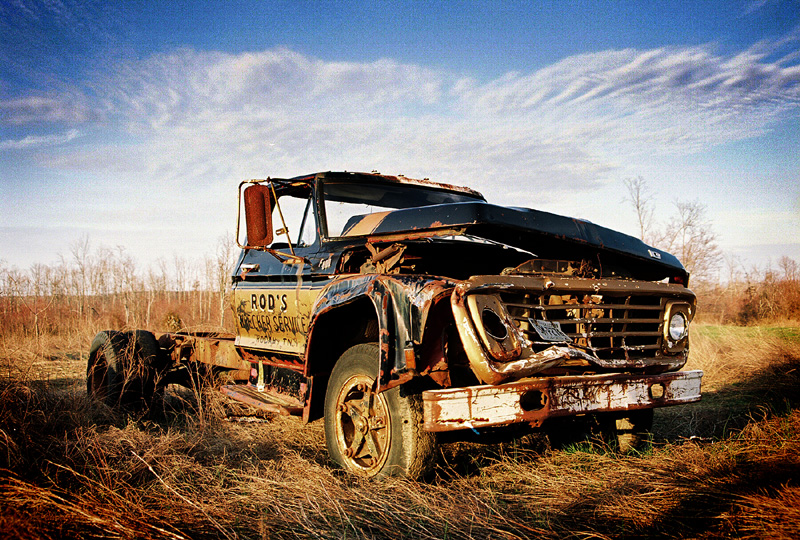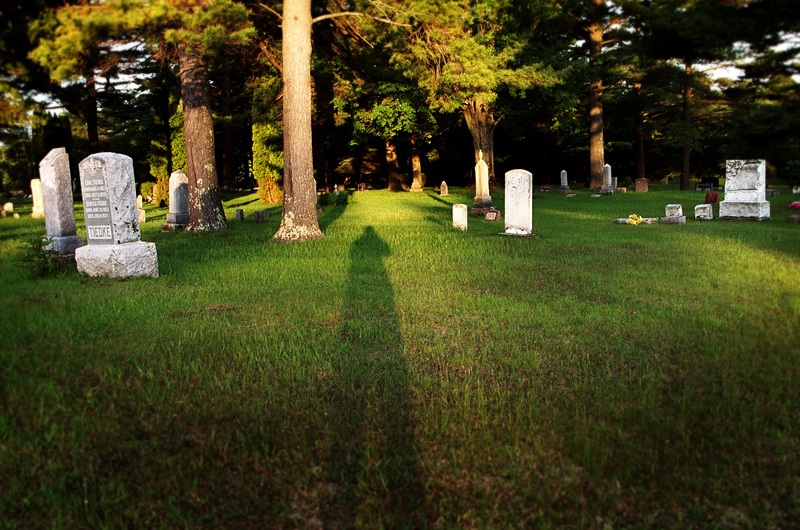
One of the most popular board games in history was the result of open source development, not the creation of one individual.
Charles Darrow was unemployed during the Great Depression, but he had a dream. Darrow developed a board game in which people bought property, built houses and hotels and collected rent and salary. He developed the game in his kitchen in Philadelphia. Darrow eventually made millions from the game called
Monopoly – an example of all that is possible in America.
The only problem is this story is not true. Well, the part about living in Philadelphia and making millions is true. Everything else is a fabrication. On August 26, 1982 the U.S. Circuit of Appeals in San Francisco ruled that the "reference to Darrow as the inventor or creator of the game is clearly erroneous,"
destroying a myth and revealing a 47-year cover up of the truth by Parker Brothers.
Then who created
Monopoly?
US patent No. 748,626 was granted on January 5, 1904 for a game called
The Landlord’s Game. It’s inventor was a Maryland woman named Lizzie Magie, who created her game 30 years before Darrow supposedly thought his up.
Magie’s game diagram included corner spaces with "Jail" and "Go to Jail" in opposite positions; four railroads, one in the middle of each row; a water works and electric company in the same places, and the ascending value of rents and property values running clockwise around the board. The properties had no names, nor did the game include Chance or Community Chest cards.
Lizzie made some copies of her game, and dozens of people in the mid-Atlantic states, played, enjoyed and modified the game in the following years. When Magie's small supply of boards was used up, people began drawing their own, giving names to the streets and using thimbles and buttons for markers and altering the rules as they played. In effect, Monopoly was the result of open-source development, not the creation of one person.
In 1929, Ruth Hoskins, who had learned the game in Indiana from her brother, who learned it at college, taught it to her acquaintances in New Jersey, mostly couples from Atlantic City and Philadelphia. These players decided to give the properties familiar local names, like Boardwalk, Vermont, Oriental and Marven Gardens, which was later misspelled as Marvin Gardens. They also added the Community Chest, the $200 salary for passing "Go" and the "Get Out of Jail Free" cards.
About a year later, members of Hoskins’ game circle taught the game and gave some game equipment to Charles Darrow who almost immediately began commercial production of the game. Until then, the game was shared and given away. Darrow eventually sold the game to Parker Brothers with the claim of being its sole inventor.
None of the people who played
Monopoly previously were interested in trying to sell the game, even though almost everyone who learned to play it became fascinated with it. "We weren't business people," Hoskins said 40 years later. "We were schoolteachers. It was a good game the way it was." It was a point of honor among early devotees not to think of commercializing it.
Parker Brothers is alleged to have bought up all the early
Monopoly sets that it could find and paid Magie $500 for the rights to her
Landlord's Game. The company began officially saying that Darrow was the inventor of
Monopoly.
But the truth is no one person invented
Monopoly. Lizzie Magie started it, but the game evolved from the playing and tinkering by hundreds of people over three decades. Its open source beginnings exquisitely captured the commercial spirit of the American culture, perhaps in a way that no individual possibly could.
Source: Philadelphia Inquirer, September 20, 1982Click on picture to enlarge. Photograph © 2007 James Jordan.












.jpg)
















